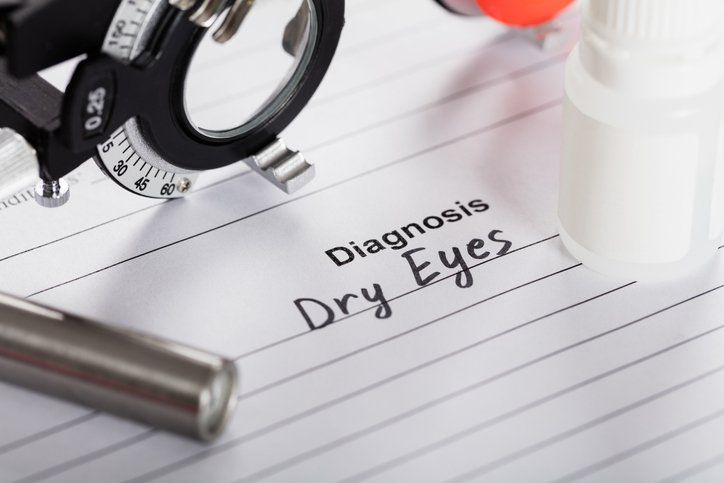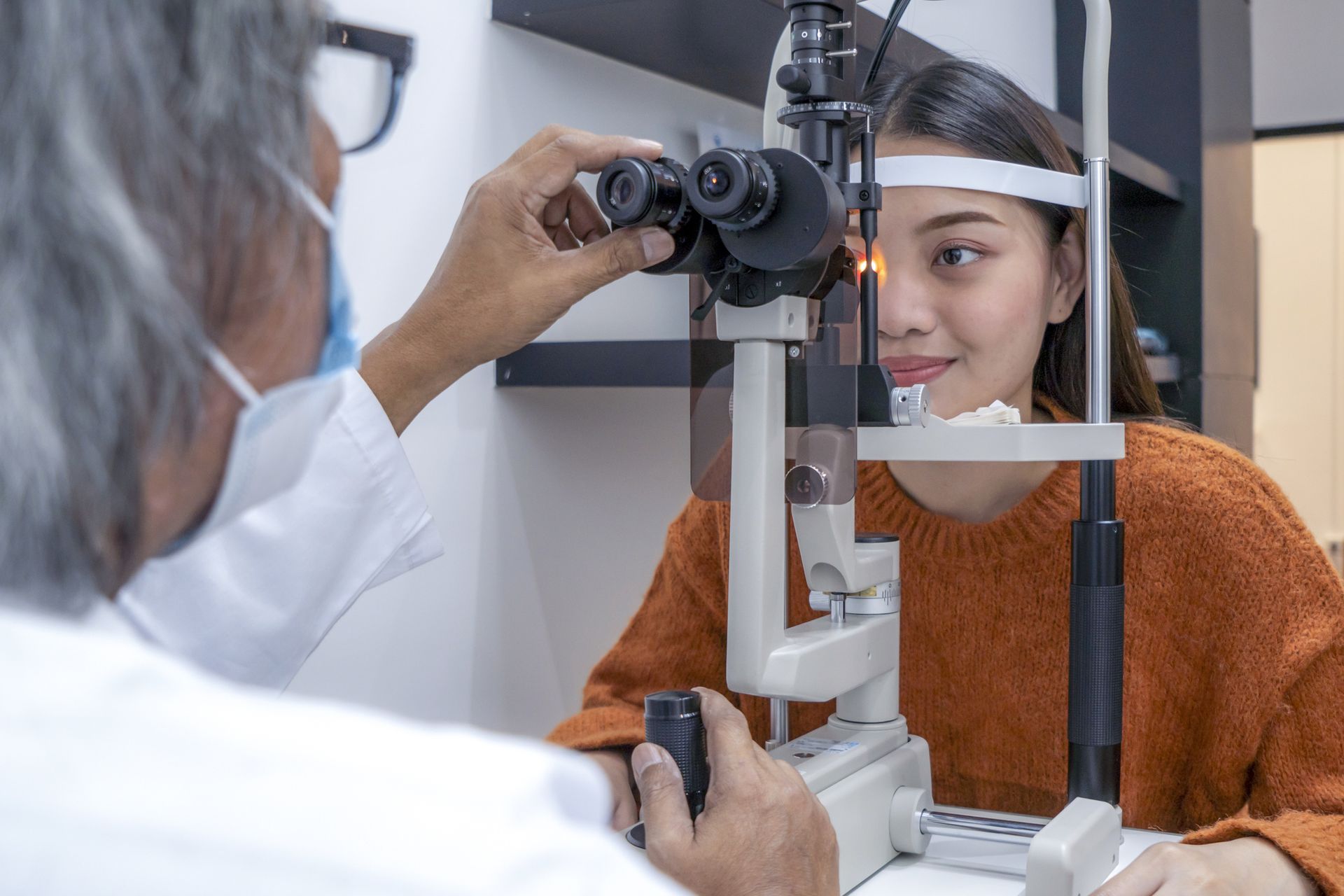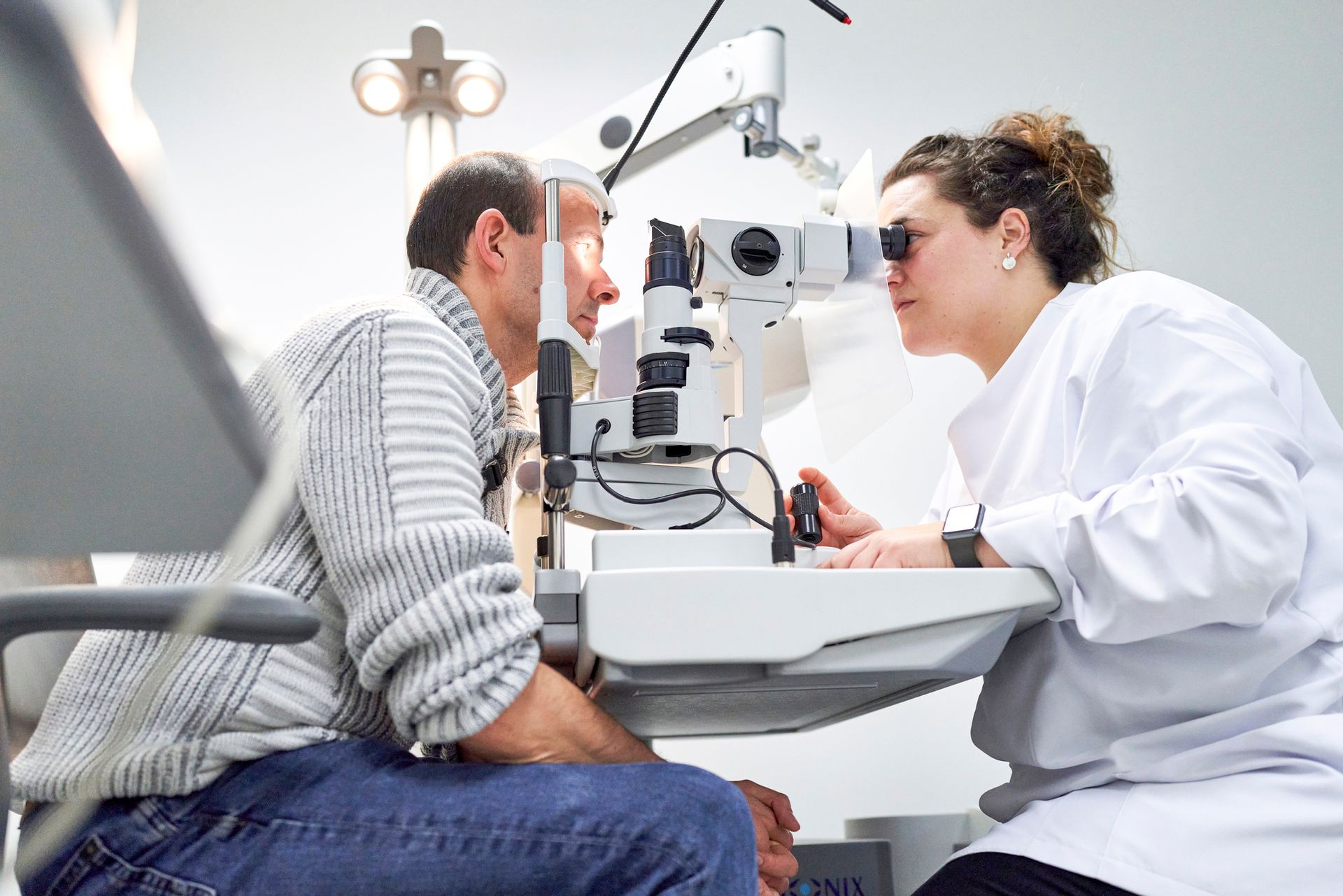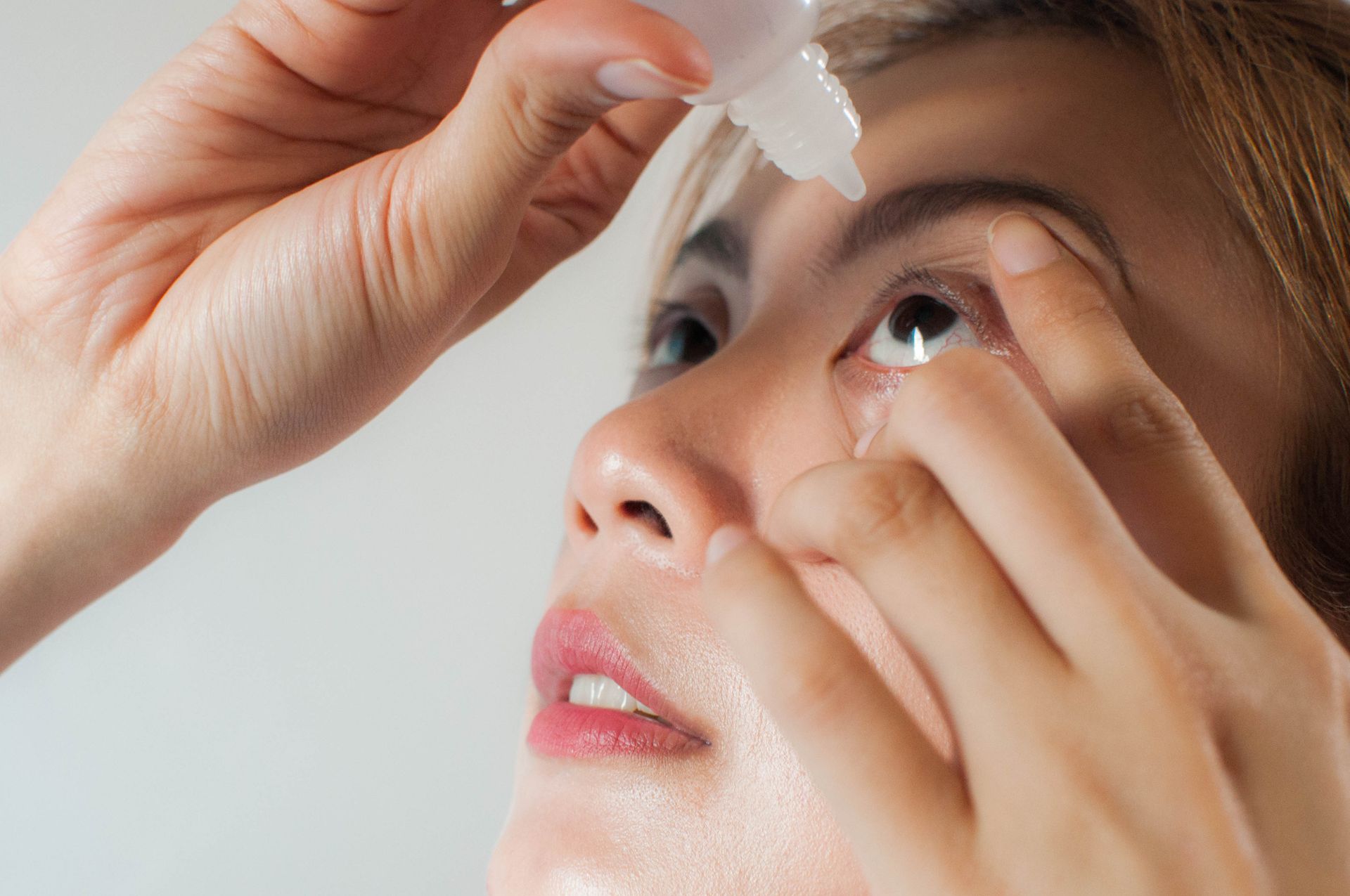Could Excessive Tearing or Dry Eyes Be From Undiagnosed Autoimmune Diseases?

Tears help keep your eyes clean, wash away debris that makes it past the eyelids and lashes, and keep them lubricated as well as help fight disease. Tears are a combination of antibodies, oil, and water. While tears are necessary, sometimes your eyes may produce either too many tears or not enough.
Allergies, dehydration, and minor eye irritations are often the cause of excessive tearing or dry eyes, but occasionally, underlying medical conditions, such as autoimmune diseases, may result in too much tearing or alternately dry eyes. Here is a look at three possibilities.
1. Bell's Palsy
The eye is tremendously delicate, and your eyelids and eyelashes help protect your eyes from dirt, dust, and debris that could injure the sensitive tissue. Unfortunately, Bell's palsy can interfere with the protection your eyelids and eyelashes offer.
Bell's palsy is likely an autoimmune disease that is possibly triggered by a virus. It has been linked to the herpes virus, chickenpox, and shingles among other similar viruses. Bell's palsy affects the primary facial nerve and causes a temporary, partial paralysis or weakness in the facial muscles. It typically only affects one side of the face.
Because the eye may not be able to close or blink properly, the eyes may excessively tear and eventually dry out from the lack of lubrication as the tears evaporate. Your eye doctor will likely prescribe lubricating eye drops as well as an eye ointment. You may also need to tape your eye shut to further protect it.
2. Sjögren's Syndrome
Sjögren's syndrome is an autoimmune disease in which the body attacks the glands that keep your body lubricated. Among other things , Sjögren's syndrome can result in vaginal dryness in women, joint problems, dry skin, dry mouth, and a chronic dry cough.
As the eyes depend on special glands to produce tears and keep the eyes moist, people with Sjögren's syndrome also experience chronically dry eyes. This can cause vision problems. Damage to the cornea can occur from chronic dryness, such as corneal scarring.
Blepharitis, which is the swelling and inflammation of the eyelid, is another common symptom of Sjögren's syndrome. Blurred vision, burning, the sensation of something gritty in the eye, and light sensitivity are other possible problems.
Eye doctors often prescribe oil-based eye drops to combat the eye dryness that accompanies Sjögren's syndrome. An oil-based lubricant does not evaporate as quickly as a water-based lubricant. The doctor will also check for a blockage in the eye glands that produce an oily substance that helps prevent tear evaporation.
3. Lupus
Lupus is an autoimmune disease in which a hyperactive immune system attacks healthy tissue in the body. It can affect all bodily systems and organs, including the eyes. People with systemic lupus may experience changes in their eyelid skin and inflammation in the white part of the eye, which is sometimes the first sign of lupus.
Changes in the blood vessels in the retina and nerve damage are also common, which can be serious and may lead to impaired vision or vision loss. Chronically dry eyes are also common in people with lupus. In fact, people with lupus also often have secondary Sjögren's syndrome. Unfortunately, medications used to treat lupus can also damage the eye, so regular eye checkups are important once diagnosed.
Bell's palsy is a suspected autoimmune disease while Sjögren's syndrome and lupus are both confirmed autoimmune diseases. Autoimmune diseases can be notoriously difficult to diagnose as there is typically no single symptom or test that confirms the diagnosis.
Your eye problems could provide the missing piece in the puzzle of an underlying autoimmune condition diagnosis. This is just one more reason why regularly seeing an ophthalmologist is critical to your overall health and wellness. If you are experiencing excess tearing, dry eyes, or any other eye problems, contactthe Calvert Ophthalmology Center today to schedule an appointment.













